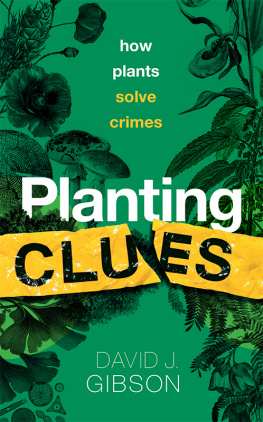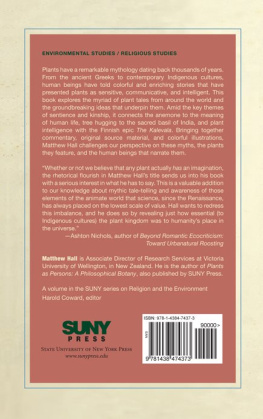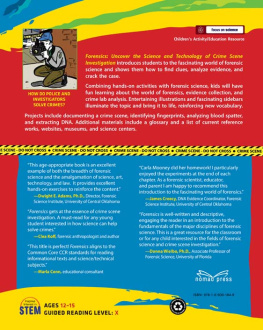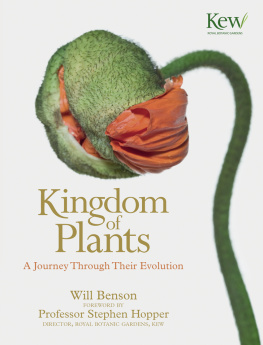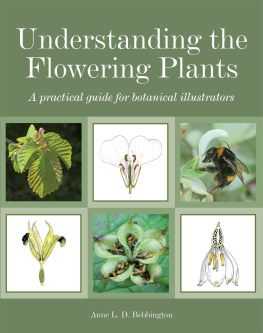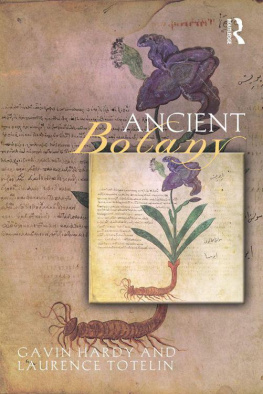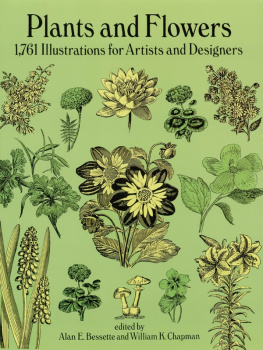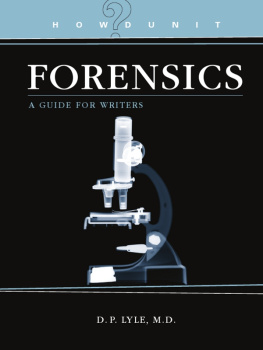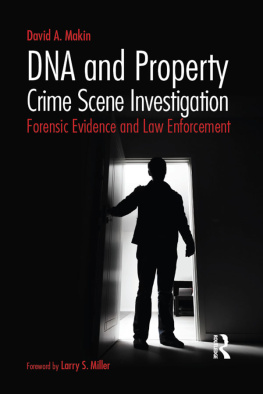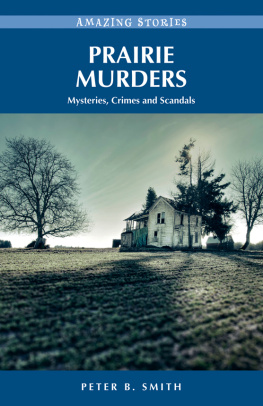

Great Clarendon Street, Oxford, OX2 6DP,
United Kingdom
Oxford University Press is a department of the University of Oxford. It furthers the Universitys objective of excellence in research, scholarship, and education by publishing worldwide. Oxford is a registered trade mark of Oxford University Press in the UK and in certain other countries
David J. Gibson 2022
The moral rights of the author have been asserted
Impression: 1
All rights reserved. No part of this publication may be reproduced, stored in a retrieval system, or transmitted, in any form or by any means, without the prior permission in writing of Oxford University Press, or as expressly permitted by law, by licence or under terms agreed with the appropriate reprographics rights organization. Enquiries concerning reproduction outside the scope of the above should be sent to the Rights Department, Oxford University Press, at the address above
You must not circulate this work in any other form
and you must impose this same condition on any acquirer
Published in the United States of America by Oxford University Press
198 Madison Avenue, New York, NY 10016, United States of America
British Library Cataloguing in Publication Data
Data available
Library of Congress Control Number: 2022930590
ISBN 9780198868606
DOI: 10.1093/oso/9780198868606.001.0001
Printed and bound in the UK by
Clays Ltd, Elcograf S.p.A.
Links to third party websites are provided by Oxford in good faith and for information only. Oxford disclaims any responsibility for the materials contained in any third party website referenced in this work.
For Stella Lindsay Gibson (19342020)
Mum, dog walker, and wildflower lover
PREFACE: AN ENTANGLED BANK
O n the morning of Friday, 20 March 2015, Costa Rican National Police officers arrested 42-year-old Sergio Ramirez (not his real name) in Vara Blanca, Heredia for attempting to smuggle 66 orchids out of the country. Rodrigo Arya, Assistant Director of the police in Heredia, said that the plants appeared to be from protected land. But there was a problem; the orchids were not in flower. One non-flowering orchid species looks much like another to a non-specialist, consisting of a few strap-like leaves and some roots. To prosecute a smuggling case, officials need to know the names of each orchid and determine which of the specimens are of rare, protected species, and which might be more common and less valuable. In this case, Ramirez had mixed common yellow Oncidium orchids with rare miniature Lephanthes. As you can see from Figure , its difficult to tell the different species apart and it requires expert botanical knowledge.

Fig. 1. A large collection of Costa Rican orchids seized from an orchid smuggler. When it comes to botanical forensics, it is vitally important to correctly identify the plants.
Throughout history, we have been enchanted by the incredible diversity of plants and fungi. Since the time of Plato and Aristotle, we have written records of our quest to understand this diversity. Naturalists, and later plant taxonomists, as they have come to be called, have sought a natural, evolution-based classification of plants. Darwin referred to this diversity as an entangled bank in his 1859 Origin of Species. asked the incoming freshers which of us had read Corners book. To my embarrassed chagrin, I was the only one to raise a hand. Nevertheless, in spite of the enthusiasm for flowers and gardening held by the general public and indifferent students, and our increasingly plant-based diets, we persistently ignore their presence in many contexts.
This book addresses the lack of an appreciation for plants and the common inability to identify them (popularly referred to as plant blindness) in the context of the law. Forensic botany is concerned with the use of plants as evidence in legal settings, in both criminal and civil cases. While I will introduce many examples of forensic botany in this book, it is clear from my discussions with law-enforcement officials, and in the writings of some of the most prominent current forensic botanists, that an appreciation of the value of plants in forensics is often lacking. Law-enforcement officials, from crime-scene investigators to forensic laboratory scientists to detectives, rarely have much botanical training. A specialist usually has to be brought in when botanical materials are observed at a crime scene, by which time the scene may be disturbed and key evidence lost. Border-control customs agents are frequently overworked and too swamped to carry out much more than cursory inspections, or have to focus on specific cases and leads. As a result, the number of plant-poaching and -trafficking cases that are prosecuted is much smaller than the extent of these crimes.
The most critical part of any botanical forensic work is the correct identification of specimens or exhibits with evidentiary value, often from microscopic or degraded fragments. And that requires an appreciation of the basic tenets of plant taxonomy, emphasizing the diversity and evolutionary relationships among the major plant and fungal groups. This book is not the place for an exhaustive treatise on plant taxonomy. However, Ive woven into the narrative some technical details of plant systematics and botany as needed.
We can trace the origins of plant taxonomy from Carl Linnaeus 1753 introduction of the binomial naming system, through Darwins 1859 evolutionary theory of natural selection (and his drawing of the first evolutionary tree in his 1837 Notebook B), to modern-day DNA-based classification schemes and the Open Tree of Life project. The identification of unknown plants from classic morphological or anatomical features remains the bedrock of botanical forensics (Chapters ) are critically important too. Brief explanations of frequently used forensic chemistry and molecular methods are provided in the Glossary.
For forensic botany investigations, it is necessary to correctly identify a plant using its binomial Latin or scientific name to avoid the confusion that comes about from using common or vernacular names. As Juliet said to Romeo, Tis but thy name that is my enemy; Whats in a name? / That which we call a rose by any other name would smell as sweet. Under this scheme, a rose is in the genus Rosa, and there are different species of rose such as wild dog rose, Rosa canina and multiflora rose, Rosa multiflora. Taxonomists base scientific plant names upon an understanding of the evolutionary relationships among different taxonomic unitsthat is, species. It is necessary to have a working definition of a species to do this work. The so-called biological species concept is most appropriate here, as we are concerned with identifying and unambiguously naming plants. Under this concept, a species is a group of individuals that can successfully interbreed and produce fertile offspring. Species are maintained by isolating mechanisms between other species including the timing of reproductive events, geographic isolation, and incompatibility genes. The molecular and morphological characteristics that define these groups can delineate and describe different species. We group species into larger taxonomic units called genera (e.g.
Next page
